Like most reading skills, if you want your students to be good at using context clues, it’s something you need to have them practice often… like every day… maybe even multiple times a day.
As a young teacher, I remember having NO idea how to effectively teach context clues to my students. I think a huge part of my struggle was I didn’t really know how to use context clues myself. I knew that you could use the “clues” in the sentences before and after the unknown word to help you determine the meaning of the unknown word, but I didn’t really know what “clues” I was looking for or how they would help me.
It wasn’t until a few years into my teaching career that I realized there were actually different types of context clues. This was a huge a-ha moment for me. This discovery clarified what I should be teaching to my students.
If you are not quite sure how to effectively teach context clues to your students, here are my suggestions:
#1 – Teach the five different types of context clues.

Before you can expect your students to use context clues, you actually need to teach them what context clues are. Explicitly show them what clues they should be looking for.
I created this anchor chart pictured above to help teach context clues. I use the acronym IDEAS to help my students remember the different types of context clues they should be looking for.
- Inference – The meaning is not given so you must use text clues to infer what the unknown word means.
- Definition – The author will include the actual definition of the word. Look at the sentence after the unknown word to see if the author explains what the word means.
- Example – There might be an example of what the unknown word looks like in action. Do the sentences before or after give you an example?
- Antonym – Sometimes we can figure out unknown words because the author will provide the antonym nearby.
- Synonym – You might be able to figure out the unknown word by looking for synonyms. Are there other words that are listed that are similar to the unknown word?
While giving the students the acronym IDEAS to help them identify context clues is really helpful, it is a ton of new information. I try to only teach them one new type of context clue per day. This means we will take an entire week to talk about the different types of context clues.
#2 – Give students focused practice using context clues.
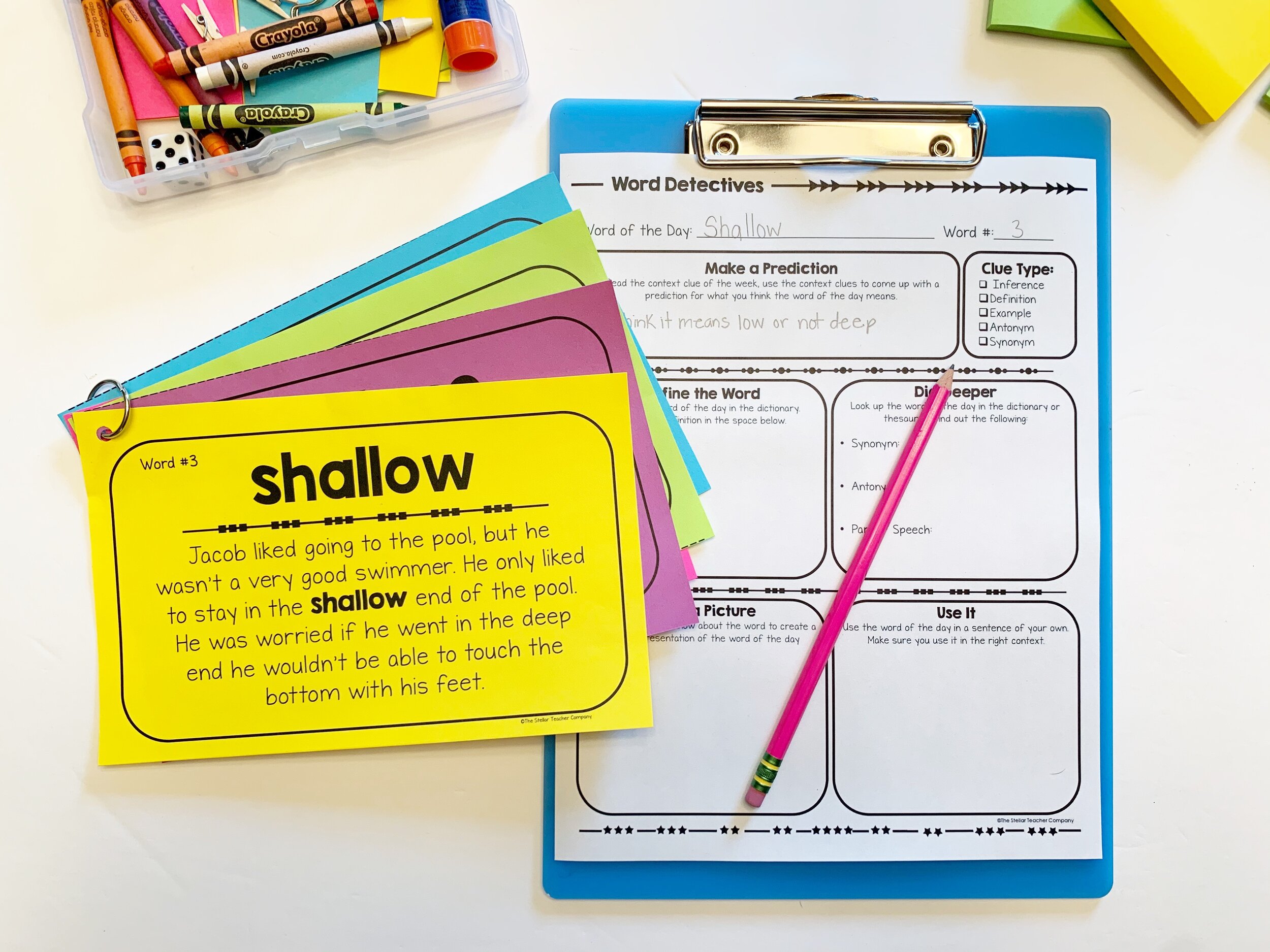
Your ultimate goal is for students to use context clues independently. To help this happen, I have found it really helpful to provide students with focused practice. Think of it as on-going guided practice.
I started incorporating a “Word of the Week” into my morning work routine. I would find a word that would be challenging for my students. I would require them to use context clues to figure it out. If I pulled that word from a read aloud or another book, I would simply copy the text around it, or I would write a short little paragraph that contained that word.
I would give my students the word in context on Monday and every day of the week they would interact with the word.
This is the routine that I came up with that worked really well with my fourth graders.
- Monday: Read a paragraph or short text that has the new word. Identify the type of context clue we used to figure out the new word. Make the prediction on what we think the definition of the new word is.
- Tuesday: Use a dictionary to look up the meaning of the new word and confirm if our prediction was correct or incorrect. Discuss meaning of new word.
- Wednesday: This was my favorite day – we would dig deeper into the meaning of the new word. We would look up synonyms, antonyms, and figure out the part of speech. We would look at word parts and really try to understand the new word.
- Thursday: We would draw a picture or create a symbol that represents the new word and how it was used in the sentence.
- Friday: We would create our own sentences that used the new word and showed our understanding of what the new word means.
This routine worked great because it gave students the opportunity to practice using context clues, but it also was a great way to build their vocabulary. It only took students 2-3 minutes a day and let me tell you, these words became part of their everyday vocabulary. My students would point out these new words if they saw them in their book or heard them in a read aloud. I started to see students incorporate a lot of the weekly words into their own writing. It was vocabulary instruction that actually worked.
#3 – Give students tools to practice using context clues independently.
The goal with any reading skill we teach is for students to use it while they are reading independently. This is one of the reasons why I really like using the reading workshop framework. I have found the workshop model is one of the best structures to help students practice the reading skills I teach. Every day my students are reading independently for approximately 45 minutes. They have to set daily goals for their reading and select which skills they want to practice.
I will regularly conference with students to help them select goals they need to work on during independent reading time. If I know students are having a hard time using context clues, this will become one of the skills I have them practice.
To help encourage students to use context clues during their independent reading, I have several tools that I would share with my students throughout the year. These tools would help them stay on track during independent reading time.
Sticky Notes – I LOVE sticky notes, and have tons of templates available for my students. Sticky notes work great for independent reading time because it’s not an overwhelming amount of space students need to fill up, and students can easily stick them in their book or journal to mark a page until our next reading conference. If I have a kiddo that needs to work on context clues, I’ll give them one of these sticky note templates and have them use it during their independent reading time.
Graphic Organizers – Another tool I give my students during independent reading is a graphic organizer. I like using the mini versions of this template so my students don’t feel like they have to spend their whole reading time writing or filling out forms.
One of my favorite things about teaching is that each year you can re-invent yourself as a teacher and make improvements to your instruction. If context clues have been a challenge for you to teach in the past, try implementing some of these strategies and see if they have helped your students as much as they have helped mine.
Happy Teaching!
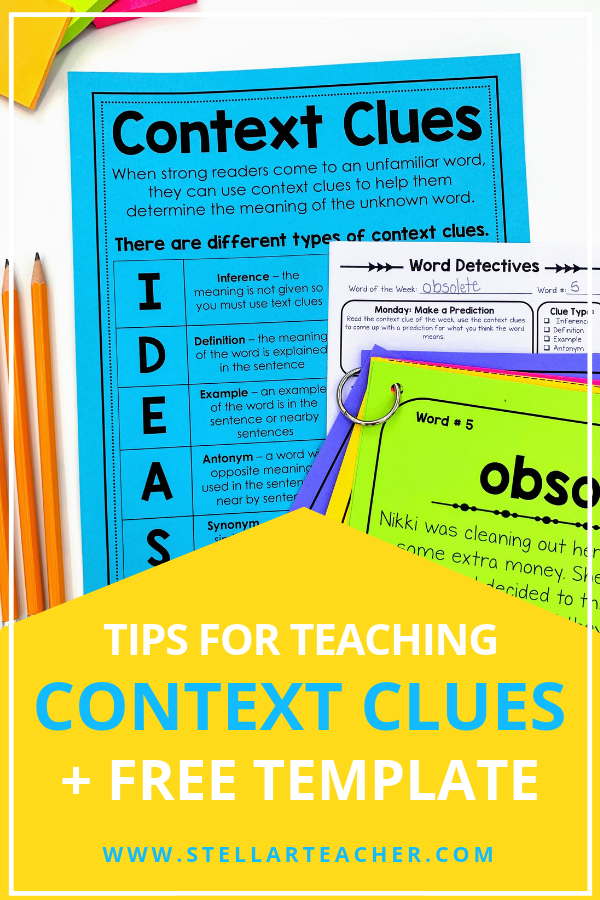


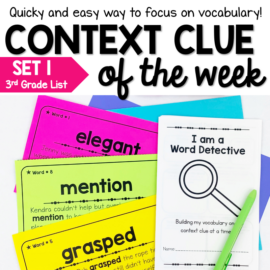
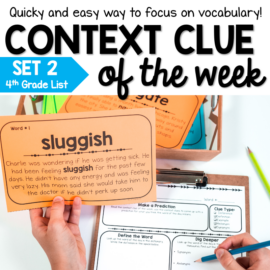
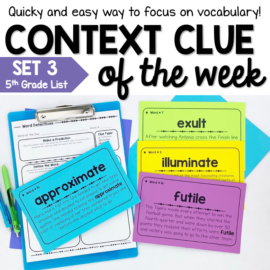
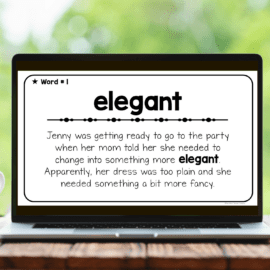
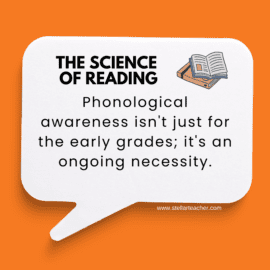
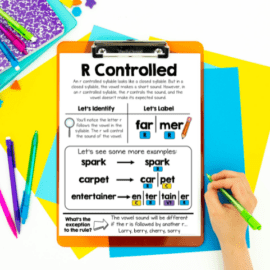









Leave a Comment
You must be logged in to post a comment.